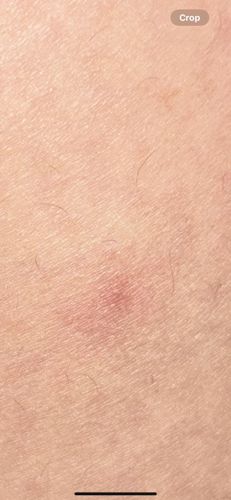Mosquito
Scientific Name: Culicidae
Order & Family: Diptera (True Flies), Culicidae (Mosquitoes)
Size: 3 to 6 mm (0.12 to 0.24 inches)

Natural Habitat
Mosquitoes are found worldwide in almost every habitat, typically near standing water where they lay their eggs. This includes marshes, swamps, ponds, puddles, and artificial containers that hold water.
Diet & Feeding
Adult female mosquitoes feed on blood (hematophagous) from humans and other animals to obtain nutrients for egg production. Adult males and females also feed on nectar and plant juices for energy.
Behavior Patterns
Mosquitoes are most active during dawn and dusk, though some species are active throughout the day or night. Females bite to obtain blood meals, while males do not bite. They undergo complete metamorphosis with egg, larva, pupa, and adult stages. Larvae and pupae are aquatic.
Risks & Benefits
Potential Risks: Mosquitoes are significant vectors for numerous diseases globally, including Malaria, Dengue Fever, Zika Virus, West Nile Virus, Chikungunya, and Yellow Fever, posing substantial health risks to humans and animals through their bites. Potential Benefits: In their larval stage, they can be a food source for aquatic animals; however, their role in ecosystems is generally outweighed by their negative impact as disease vectors.
Identified on: 9/18/2025